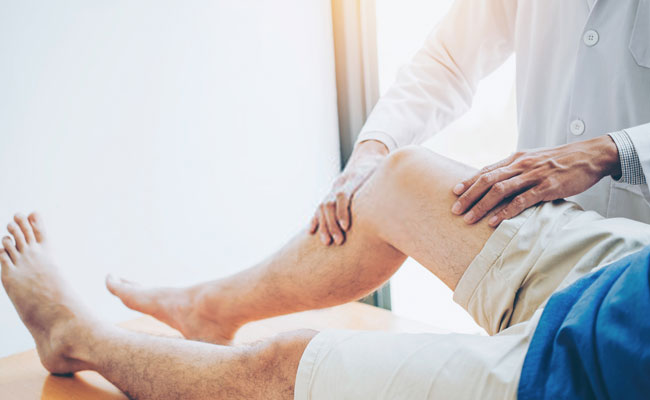physiotherapy to avoid joint pain
 Physiotherapy for knee pain involves a thorough evaluation and assessment of your entire lower extremity from your hip to your foot. Physiotherapy is a vital part of treatment for most people with arthritis. Physiotherapy helps keep your joints and muscles moving and helps to get moving on your own. People with arthritis are usually advised of a course of physiotherapy. This includes a program of exercises tailored to your needs and pain relief techniques. Following are some knee exercises to help strengthen surrounding muscles, improve balance and increase range of motion in the knee.
Physiotherapy for knee pain involves a thorough evaluation and assessment of your entire lower extremity from your hip to your foot. Physiotherapy is a vital part of treatment for most people with arthritis. Physiotherapy helps keep your joints and muscles moving and helps to get moving on your own. People with arthritis are usually advised of a course of physiotherapy. This includes a program of exercises tailored to your needs and pain relief techniques. Following are some knee exercises to help strengthen surrounding muscles, improve balance and increase range of motion in the knee.
Straight Leg Raises
Straight leg raises improve the strength in your quadriceps, which can support knee health, even if you currently have knee pain. Lie on your back on an exercise mat on the floor. Bend one knee and keep that same foot anchored to the floor. Straighten the other leg lift it up to the same height as the bent knee. Make sure to keep your pelvis still using your abdominal muscles. Your physical therapist may recommend several repetitions for each leg.
The Bridge
While still lying on the floor, bend both of your knees and keep your feet about hip-width apart. Engage your glutes to lift your hips as high as possible, creating a bridge. You’ll definitely feel the hamstrings and glutes working. Then, try lifting your toes up while anchoring your heels into the floor. Gently lower your hips back down briefly and then repeat as many times as recommended.
Prone Straight Leg Raises
Now, roll over onto your stomach, legs straight. Squeeze the glutes and lift one leg up toward the ceiling, holding the position for 3 to 5 seconds. Do about 10 reps and then switch sides, or as many as recommended.
Wall Squats
You can use an exercise ball, or just the wall in this exercise. During your physical therapy appointment, your physical therapist can show you how to do it either way so that it’s easier for you to do it at home too. Stand with your back against a wall with your feet about shoulder-width. Bend your knees slowly, keeping your entire back pressed to the wall until your things are about parallel to the floor. Try to hold for 5 to 10 seconds, then use your glute muscles to work slowly back up to standing-against-the-wall position.
Step Ups
Stand straight on the lowest step of a staircase or a step bench at a height recommended by your physical therapist. Tighten your abs and level your pelvis, then bend one knee and slowly lower the opposite toes to the floor and rise back to the standing position on the step.